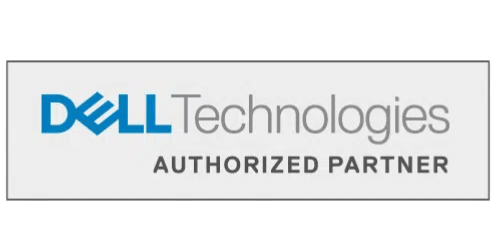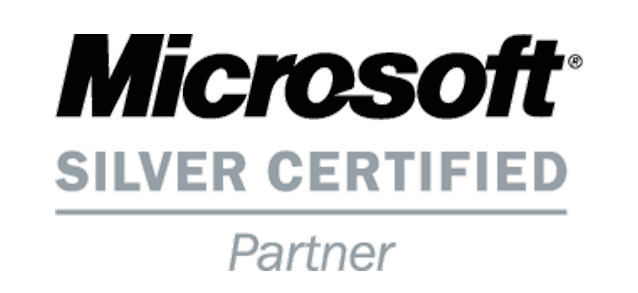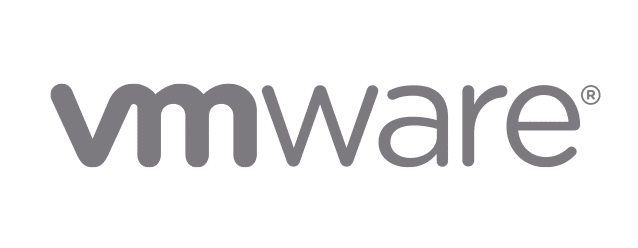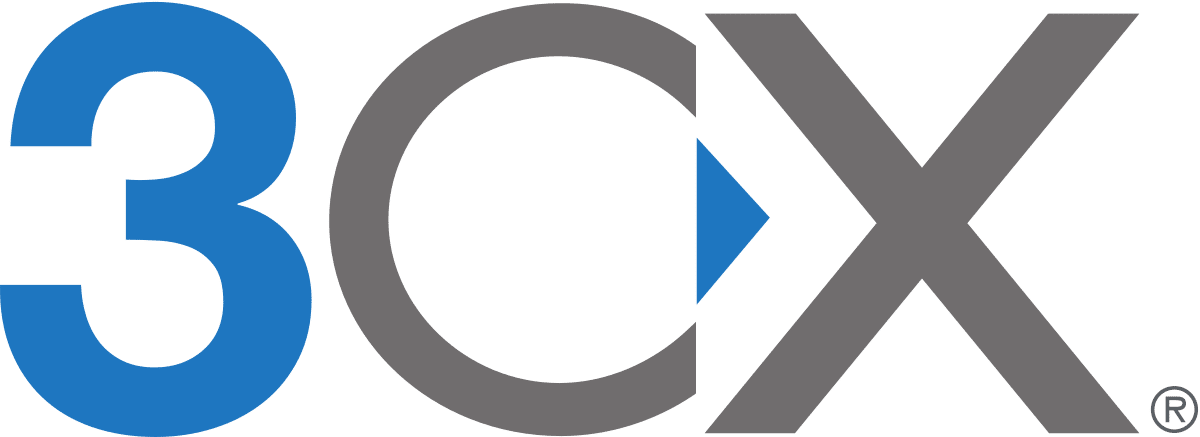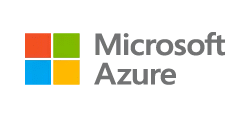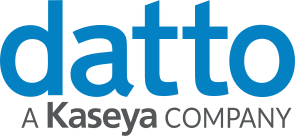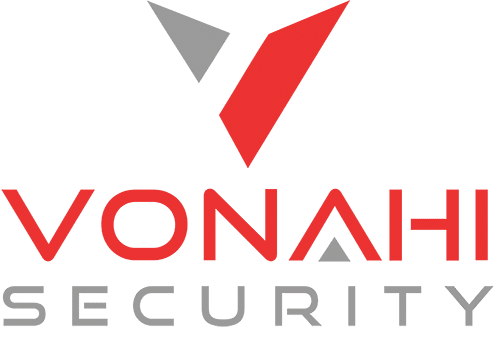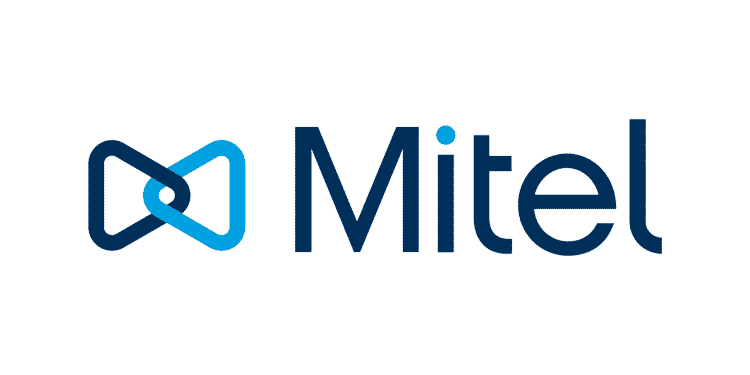Cybersecurity
DMARC
Advance Your Enterprise Email Security with DMARC
Email remains one of the most common forms of business communication. However, as phishing campaigns steadily increase, email also continues to be the most attacked vector by cybercriminals. An attacker using domain spoofing makes inbound and outbound email look like it’s coming from a trusted source when it’s not. Domain-based message authentication, reporting, and conformance, also known as DMARC, policies help safeguard your business from attacks facilitated via email.
DMARC from Integrated Technology protects your business and your brand by preventing domain spoofing. Our advanced, customized DMARC services strengthen your system’s defenses, ensure its availability, and streamline maintenance and compliance. We design systems and solutions for all industries based on an in-depth understanding of zero-trust architectures, defense-in-depth best practices, and the specific demands of critical infrastructure. Work with our security professionals to implement a layered defense model that ensures the right cybersecurity technologies are applied at the appropriate layers.
Frequently Asked Questions
DMARC is a standard email authentication, policy, and reporting protocol that helps administrators prevent hackers and other attackers from spoofing their organization and domain. DMARC stands for domain-based message authentication, reporting, and conformance. It is a policy that protects your organization by validating email senders. DMARC combats email fraud and provides reporting on authentication.
Integrated Technology’s DMARC solution helps stop the abuse of your owned domains by cybercriminals as part of phishing and spam attacks. Implementing DMARC identifies spoofed phishing emails from cybercriminals by validating the sender’s identity. DMARC allows senders to show that their messages are protected and notifies the recipient in the event of authentication failure. Implementing a DMARC policy also allows senders to indicate that their email messages are protected and tells the recipient what to do if authentication fails (such as reject the message or send it to the junk folder). In technical terms, DMARC uses SPF and DKIM to validate the identity of an email message. Then, it follows a set of rules to deliver validated messages (phishing, spoofed, spam) making it to your inbox.
DMARC is a critical cyber defense practice for preventing phishing and ensuring your organization’s integrity when sending email. Implementing a DMARC policy protects against direct domain spoofing, a common vector for phishing attacks. DMARC protects your brand by preventing spammers and phishers from using your valid organization name. It also increases the deliverability of valid messages. Finally, DMARC enhances visibility with reports that provide information on unauthorized systems sending email using the organization’s domain.
Trusted Support
Read our blogs to find out more about the latest in IT, and to see our success stories with previous clients.

